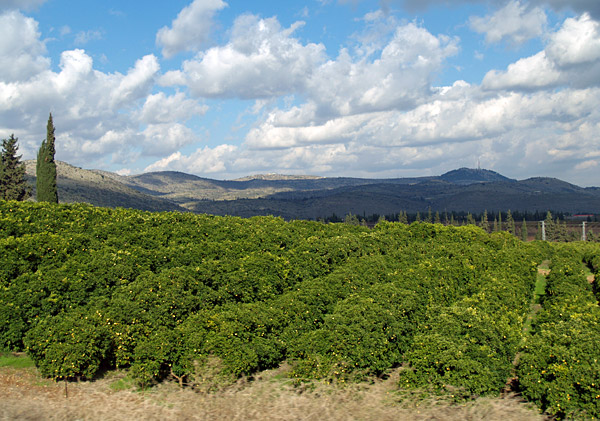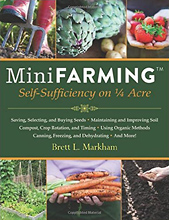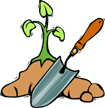
|
|
Starting an OrchardIf you have a large amount of land that you have not put to use, you may consider planting an orchard. If you've had previous experiences with planting and maintaining trees, that is an added reason why you would be perfect for maintaining an orchard. It might seem like an overwhelming thing to undertake, but it is actually fairly simple. All it takes is some commitment. If you've never grown a tree on your property, you might not want to make the time and money investment of buying lots of trees. If you are inexperienced, you will want to start with just one or two trees so that you can get a feel for the growing process. Once you have seen one tree along all the way to adulthood successfully, you are probably experienced enough to handle multiple trees. You should never plant so many trees that you are going to be overwhelmed, though. Only plant what you can handle.
Generally if you are getting started on a large amount of trees, you will want them to all be the same type. If they all require the same amount of water and nutrients, you won't have to spend as much time catering individually to the different types of tree. As an added benefit, you will become very familiar with the process of growing that specific tree. You won't be overwhelmed by having many different types, but instead you will become a master of that specific type. If you already have a tree growing on your property that you have maintained from its childhood, then you know that the soil is acceptable for that type of tree and ones similar to it. Since you've already been through the process of growing that type of tree before, you shouldn't have any problem testing all of the soil to make sure it is similar to the segment you already planted on. Then it is just a matter of growing more trees and causing the process to be the same as it was before. Since you've already dealt with the same problems in the past, you probably have a good idea of how to deal with any pests that might come about during growth. Generally in an orchard, the trees are planted in a row, then pruned to be in a two dimensional shape. This is known as either a fan or an espalier shape. There is one main branch in the center that is completely vertical, then multiple branches that go off to the side. If the side branches are horizontal it is known as an espalier. If they are sloped, it is known as a fan. Generally these 2 shapes are used in orchards because of how compact they are. By using them, you allow for many more trees to be in the certain amount of space. However, if land conservation is not an issue or you're not looking to be efficient, you should probably stick with the traditional tree shape.
To aid in the watering of your trees, you should install either a sprinkler system or an irrigation system. The sprinklers require more maintenance, but if you dig an irrigation ditch then it is really easy to just run the faucet for a few minutes every day and reach all the trees. It's just a matter of what you would prefer. Once your tree collection starts to bear large amounts of fruit, you can consider starting a fruit stand or participating at the farmers market. Instead of letting the fruits go to waste or trying to eat them all (which can lead to some bad stomach aches), you can let the rest of the world enjoy the product of your intense labor. If you become a popular vendor, you might even make back a decent return on your investment. However, you can't count on making very much money. Starting an orchard shouldn't be a capitalistic investment. Some people say you should only start one if you have a passion for trees, but this passion will develop over time if you put your heart into what you are doing. Recommended ViewingRecommended Reading
See AlsoThe Man Who Planted Trees Share This PageContent is copyright © Survival.ark.au 2005-2024 All Rights Reserved. Terms of Use. Definitely read the disclaimer before trying anything from this website, especially including the practices and skills. This website uses affiliate links – this doesn't cost you any more, but I get a commission on purchases made through the website. As an Amazon Associate I earn similarly from qualifying purchases. |
|




